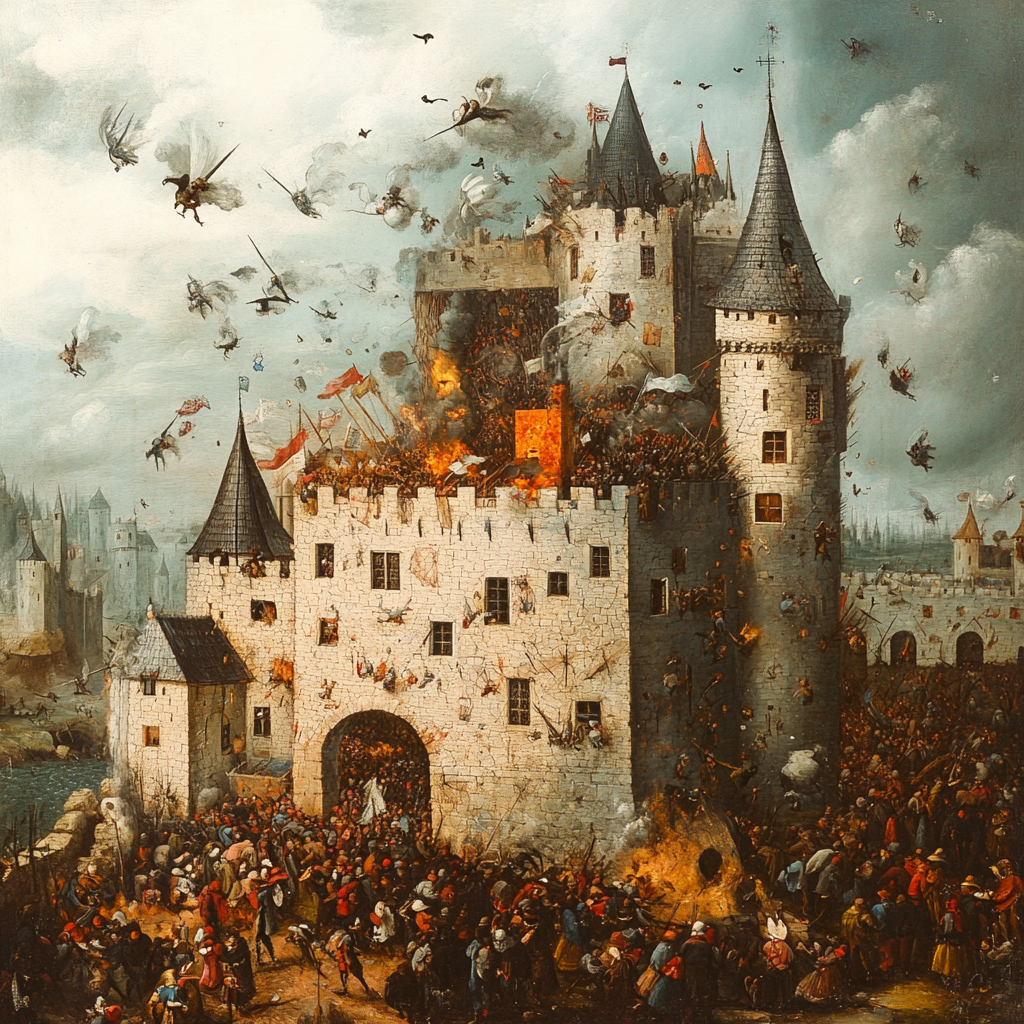Saturday, July 05, 2025
Saturday, July 05, 2025

by Shaun Randol:
Clinging to a traditional false divide results in redundancy and missed opportunities.
Most corporate comms teams operate like medieval fiefdoms, with internal and external groups jealously guarding their territories.
Corporate firewalls protect vital company data but shouldn’t dictate corporate comms strategy. The reality is that information flows freely between internal and external channels.
Consider this:
Maintaining artificial barriers between internal and external comms wastes resources, dilutes messaging, and misses opportunities.
The solution?
Mixternal comms will soon become an operational necessity in our AI-powered future. What follows is an overview of why that’s the case, broken down into these sections:
When comms teams operate in silos, they create unnecessary complexity and risk.
Our industry doesn’t track how many comms pros manage both internal and external portfolios. This blind spot reveals how deeply we’ve institutionalized the artificial divide between these functions—you’re on one side or the other, never both.1
The artificial division between internal and external comms creates real problems.
How often, for example, do employees first come across news about their company on social media or news outlets because the PR team didn’t alert or share the intel with the internal team until the last minute, if at all?
It cuts both ways. How often, for example, does the internal comms team produce a stellar video about the company’s latest product without alerting the media relations team, who could have shared clips with journalists starving for multimedia content?
Think about your current setup. Your exec (internal) comms team crafts employee messaging about a new strategic initiative. Meanwhile, your external team prepares press materials about the same topic. It’s likely the two teams are using different language, emphasizing different points, and creating different narratives—all about the same company story.
As AI automates routine tasks across both sides of the comms aisle, maintaining separate specialists becomes increasingly difficult to justify.
+++
Shaun Randol is the founder and publisher of the Mixternal Comms Playbook. He is a #WeLeadComms honoree.
Image generated by Midjourney
Written by: Editor
© 2025 Stratpair Ltd., trading as Strategic. Registered in Ireland: 747736